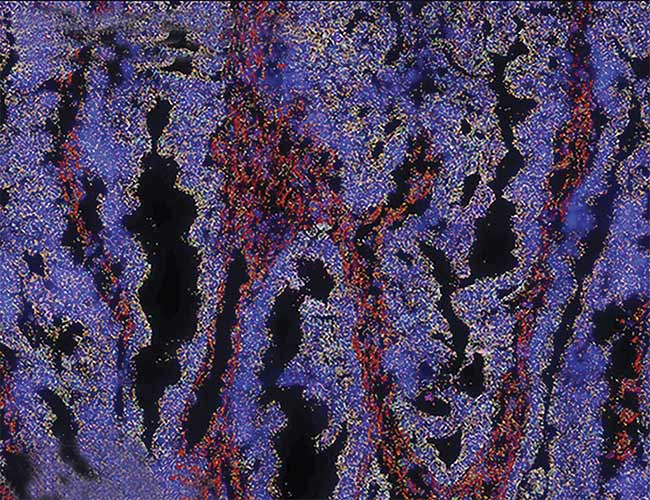6.10.22
Fluorescence Imaging Deepens the View: From Single Cells to the Subcellular
The visualization of gene expression in systems can lead to breakthroughs in tracking illness progression and ultimately in diagnosing disease.
By Jiang He

The human body is made up of trillions of cells, and each one is as unique as the person it is part of. Each individual cell is arranged alongside its neighbors in a specific pattern that is essential to its systemic role within the tissue. In individual organs, numerous cell types — each with different physical characteristics, molecular signatures, and behaviors — act together as a cohesive unit. Fluorescence imaging has been put to use to capture these traits and behaviors in their spatial context.